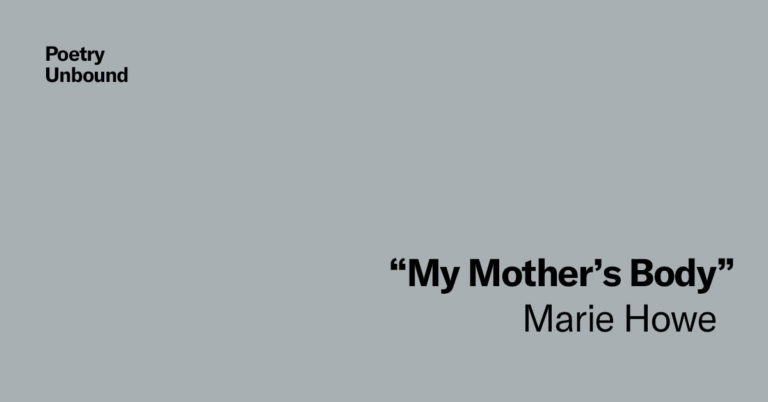
Image by Stephen Geyer/Flickr, Attribution-NonCommercial-NoDerivs.
May You Know the Fearlessness of an Open Heart
This year marks the 20th anniversary of the publication of my first book, Lovingkindness. For years before 1995, I had very much wanted to write that book in order to highlight the distinct methodology of lovingkindness meditation. Even though it is closely aligned with and supportive of mindfulness, or insight practice, and they are usually referred to as though one, lovingkindness actually has its own dedicated path of practice.
I had gone to India in 1970 and my meditative life began in January of 1971 with an insight meditation course: learning to observe my breath, my body, my emotional states with a more calm and balanced awareness. We would do a little lovingkindness practice at the end of the retreat, intentionally offering peace and kindness to ourselves and others. It was almost a kind of ceremonial ending, a way of saying goodbye focusing on love rather than ruminating on how to get a train ticket or a visa extension, or obsessing about which fantastic guru to visit next and whether they would finally provide the end of suffering we all longed for before our visas ran out.
It was only in 1985 when I went to Burma for a three-month long retreat that I got to do an immersion in the method of lovingkindness meditation. Lovingkindness is the common translation of the word metta in Pali, the language of the original Buddhist texts. Metta literally means “friendship.” I usually describe it as a deep knowing of how connected all of our lives are. Metta doesn’t mean we like everybody, it doesn’t even mean we like anybody, but with metta we know deep inside that our lives are all connected to one another. The corollary understanding is that everybody counts; everybody matters. Not everyone will be our best friend, but everybody’s life has something to do with ours.
Mindfulness practice relies on developing an ability to include more and more experiences of sight and sound and sensation and feeling and thought in our field of balanced awareness — not holding on, not pushing away, but simply being with our experience. This lays the ground for having a cleaner, clearer sense of what’s happening within us and around us, without so much projection, distortion or assumption getting in the way.
Many meditators I know do both some kind of awareness practice and some kind of lovingkindness practice. Lovingkindness practice relies on developing a flexibility of awareness, being able to stretch how we are paying attention, and being willing to try something different. For example, if at the end of the day we tend to mostly fixate on the mistakes we’ve made and the things we didn’t do quite right, we stretch and look for the good within us, or wish ourselves well. If we have the habit of going into the grocery store and looking right through the clerk, as though they were a piece of furniture, we stretch and look at them (even in our mind’s eye, while we are meditating.)
In lovingkindness practice we step away from our normal ruts of attention and experiment with walking through different terrain through the silent repetition of phrases, like “May I be happy” or “May you be peaceful.”
We’re not trying to fabricate or manufacture a big emotion; we are taking some risks stepping away from how we usually view ourselves and others. We’re not moving from a true place of “I’ve made mistakes today” to a phony place of “I’m absolutely perfect.” We’re moving from an untrue place, “I’m worthless,” or an incomplete place, “Let me count up those mistakes again, and again and not think of anything else,” to a more inclusive, connected, openhearted place, “I made mistakes, and that’s not all that I am. I, like everyone want to be happy. Everyone wants to be happy. Everyone should be happy.”
Speaking of stretches, when in the early 1990s I was working on Lovingkindness, I didn’t have a computer and was quite intimidated at the though of using one. I only had a few friends with personal computers and couldn’t imagine I could ever learn enough skills to write with one. In those days, cutting and pasting meant getting a pair of scissors, cutting out the paragraph in question, moving it up and down until you figured out where you wanted it, then getting a roll of scotch tape and taping it in place.
One day at the Insight Meditation Society, we had a visit by a 94-year-old Sri Lankan monk named Ananda Maitreya. As we were casually chatting, he mentioned he was learning how to use a computer! “Ok,” I thought. “If he can do it at age 94, maybe I can do it too.”
Even so, it took me a long time to write the book. I was amused the other day, reading the blurbs on the back of the original hardcover edition from 1995. Jack Kornfield said, “Sharon Salzberg’s long awaited first book…” Stephen Levine said, “We have been waiting for Sharon Salzberg’s book for a long time.”
In trying to write, I kept imagining a faceless critic calling the practice saccharine, phony, a temporary balm that ultimately needs our firm denial of conflict and pain in order to go forward. I knew none of that was true, both from my own experience and from the growing body of metta students I had. I also knew it was a common misconception. I came to think of it as a sign of our times that our notion of love could get so degraded that we thought of love or kindness as signs of both weakness and foolishness, instead of the powers that they truly are.
In order to keep writing, I often offered metta to my invisible, someday hoped-for reader, trying to convey the strength, courage, and vitality of the quality:
“May you know the fearlessness of an open heart. May you never meet anyone you consider a stranger, and know that no matter what, you are not alone. May you have compassion for others’ suffering and joy in their delights. May you be free to give and receive love.”


Share your reflection